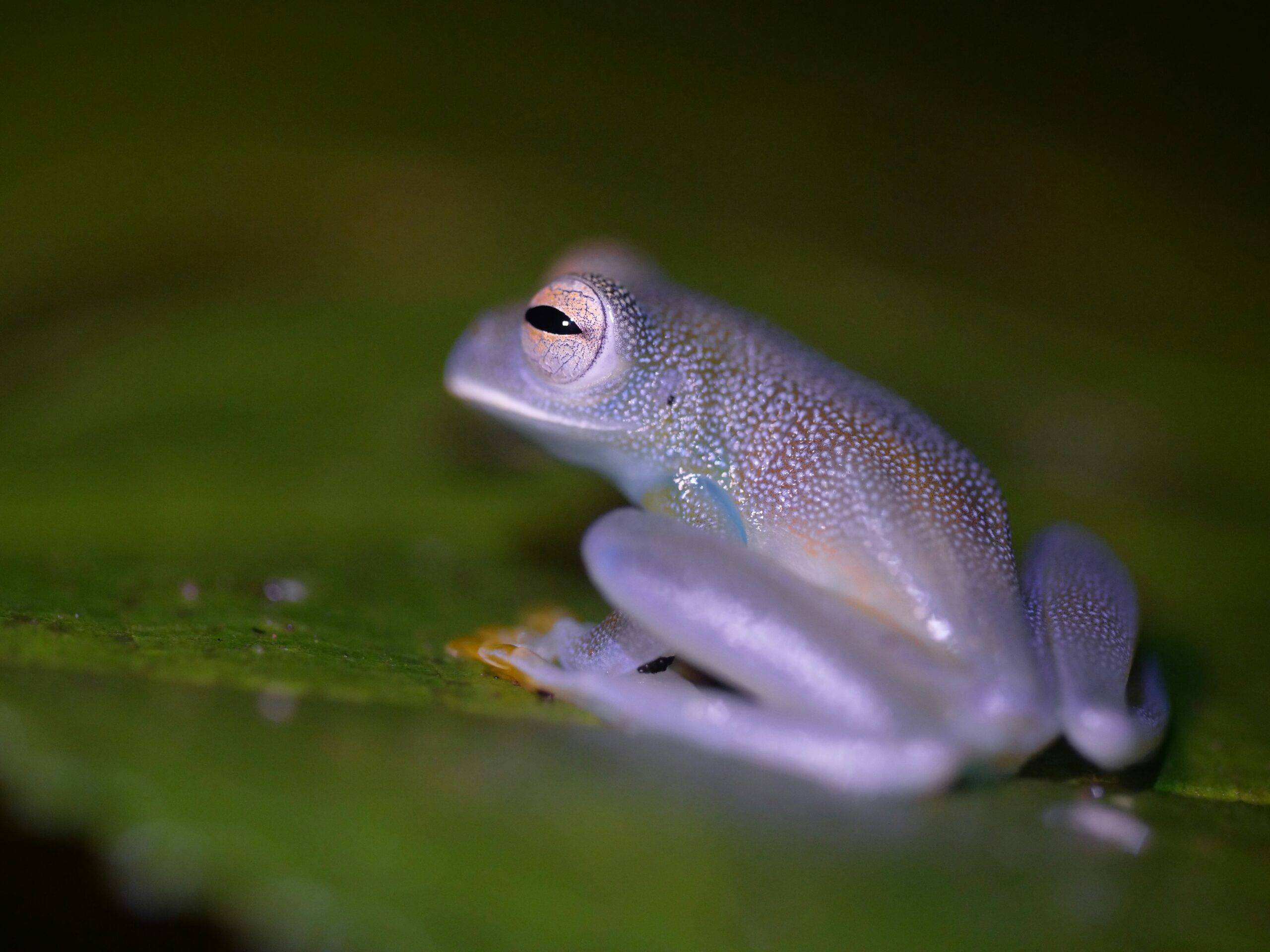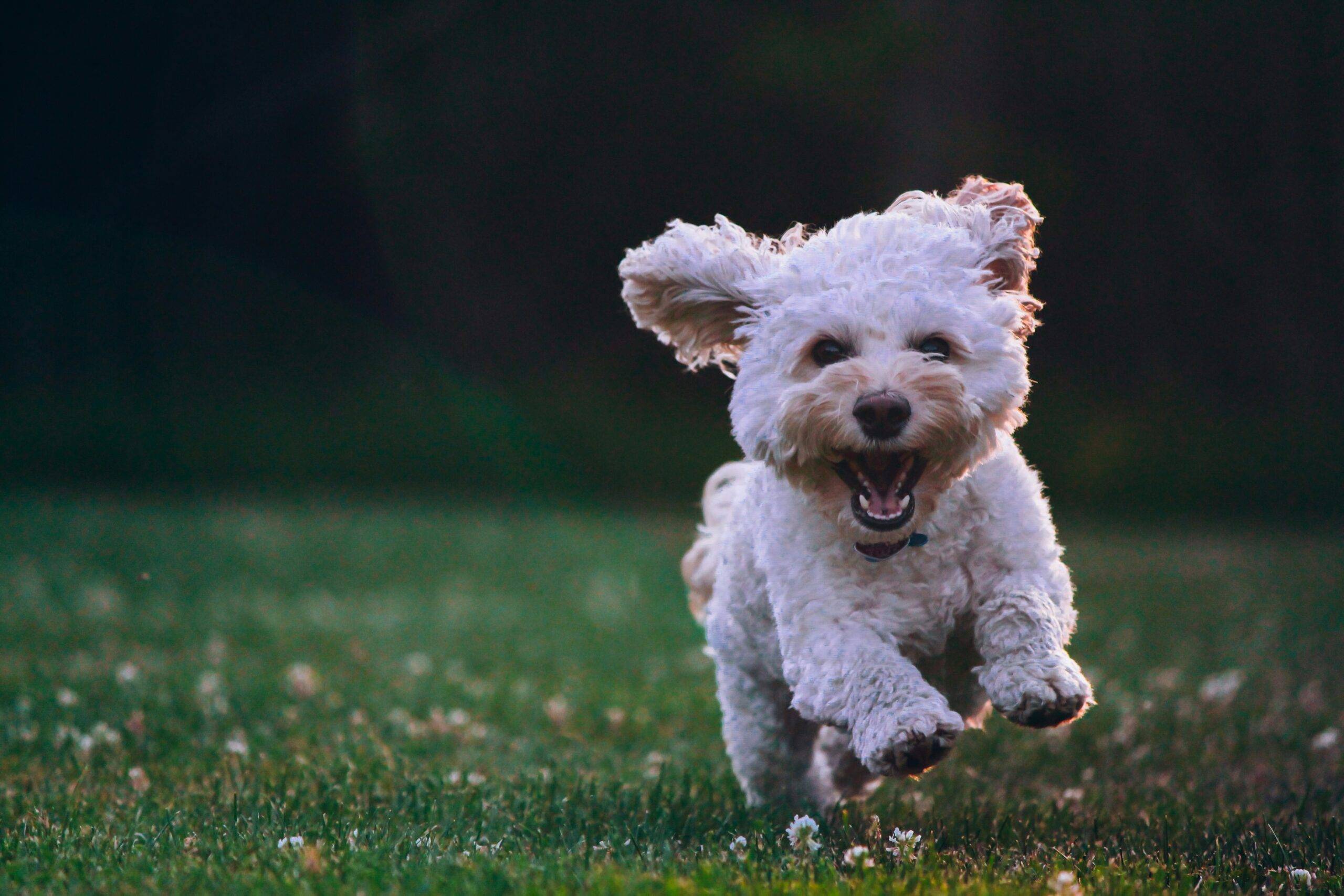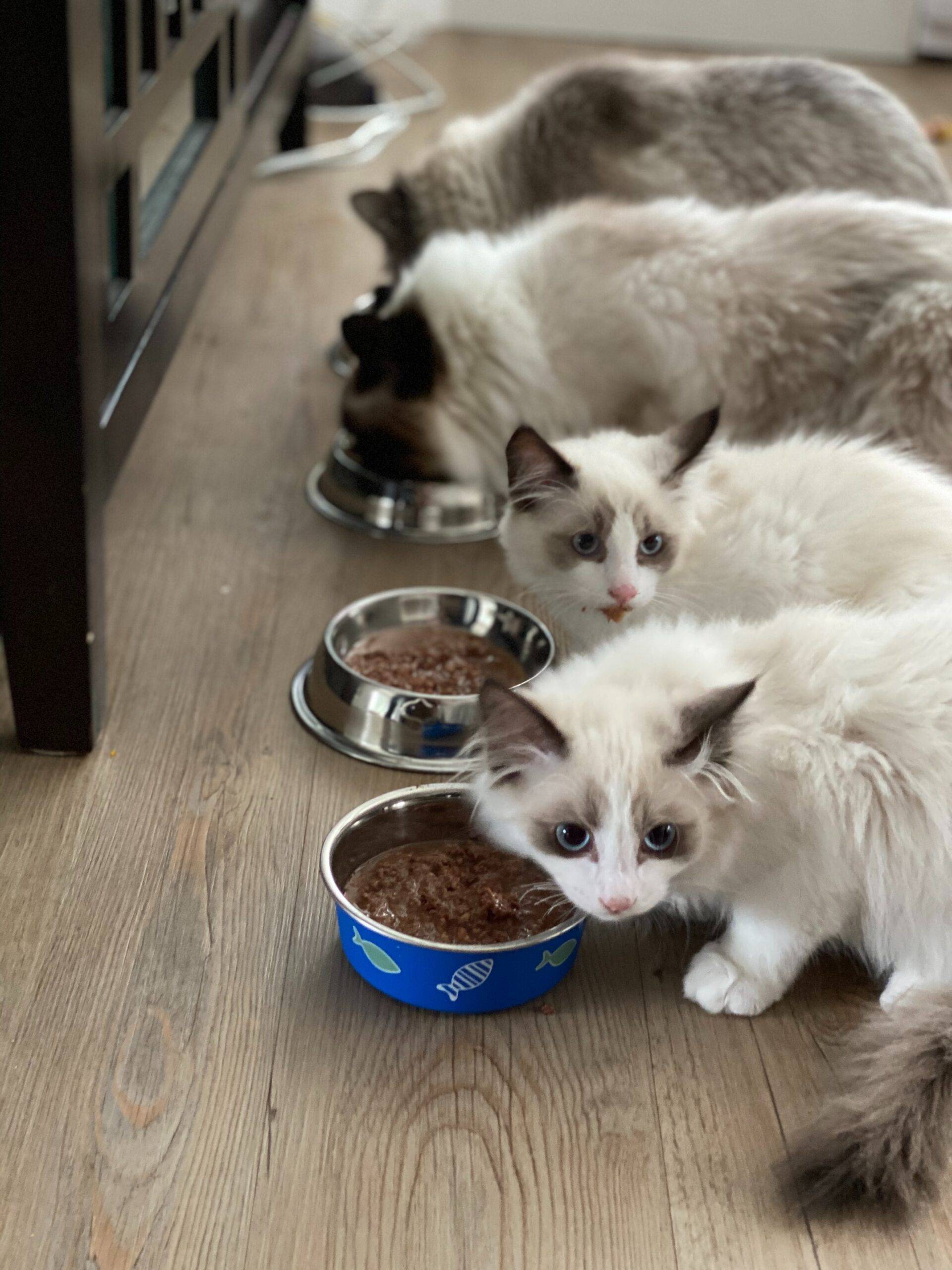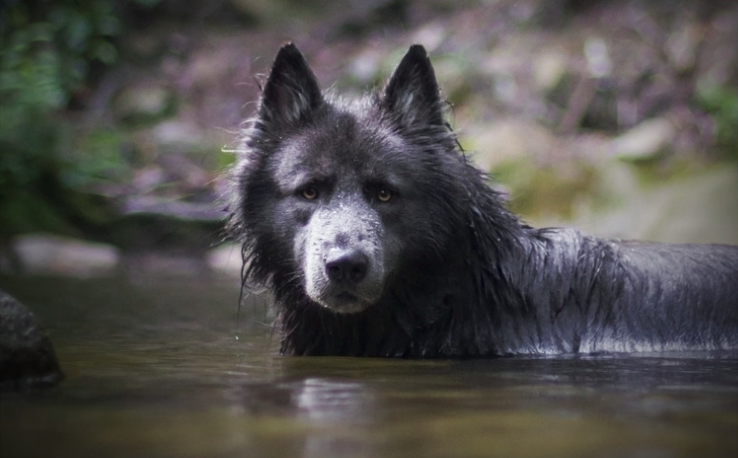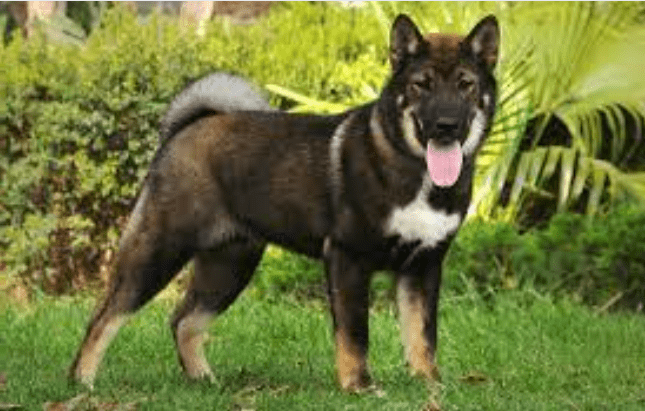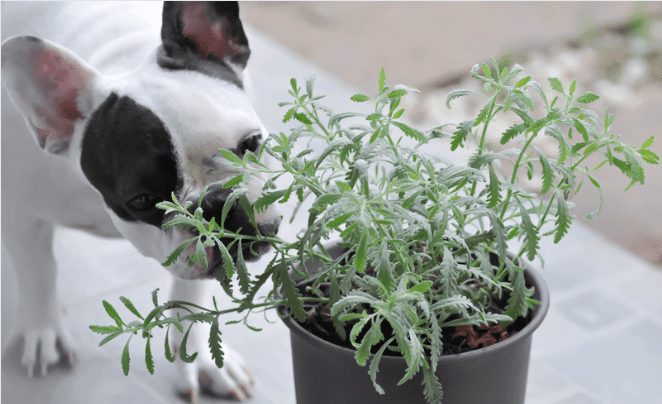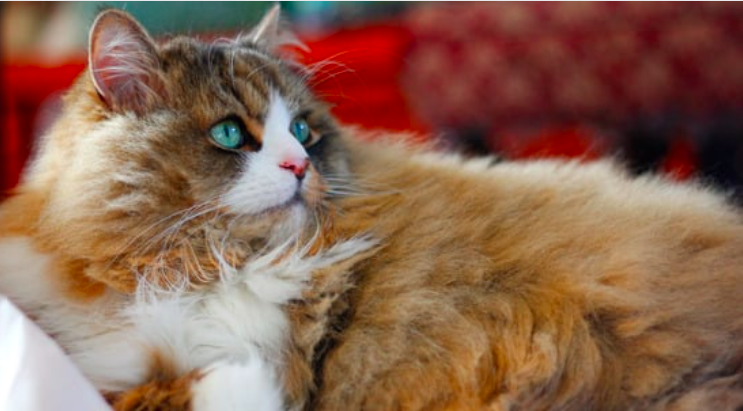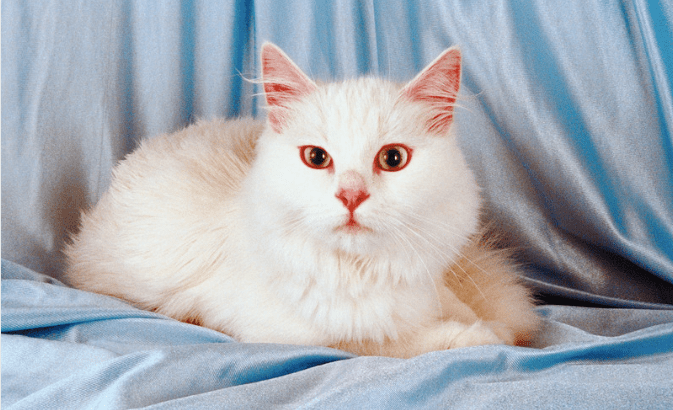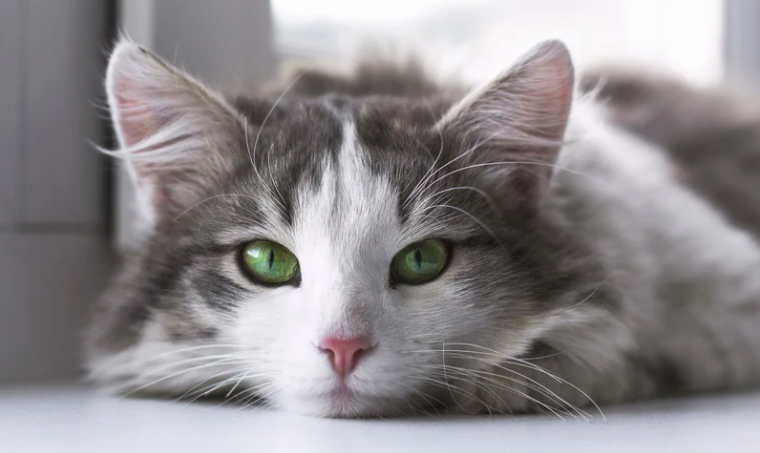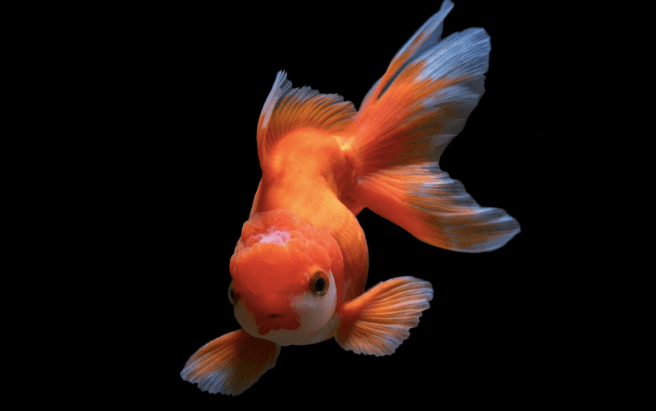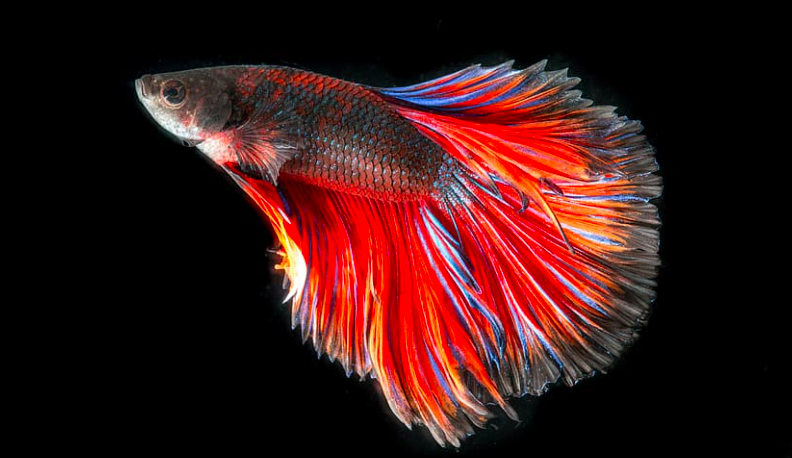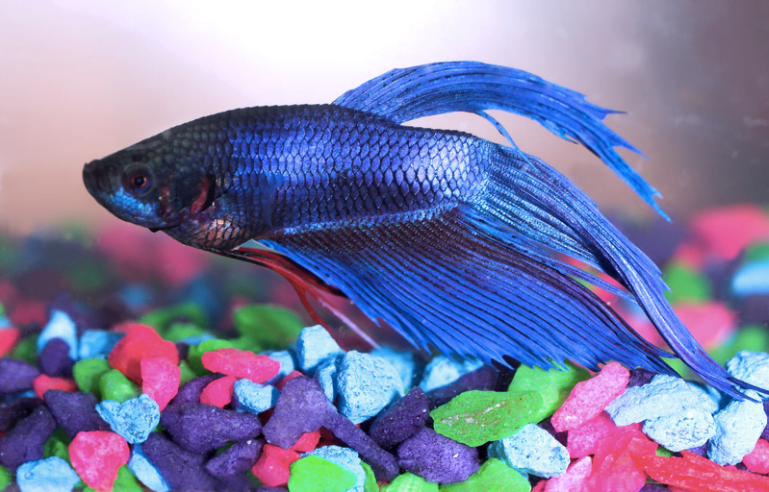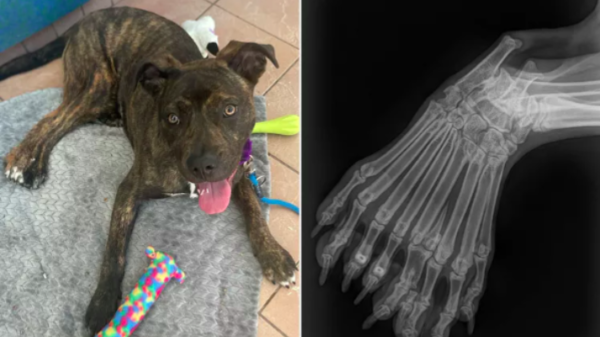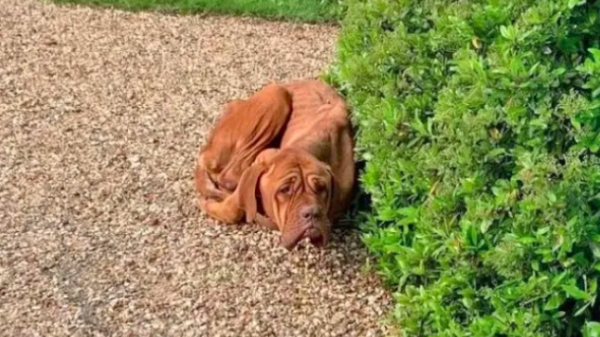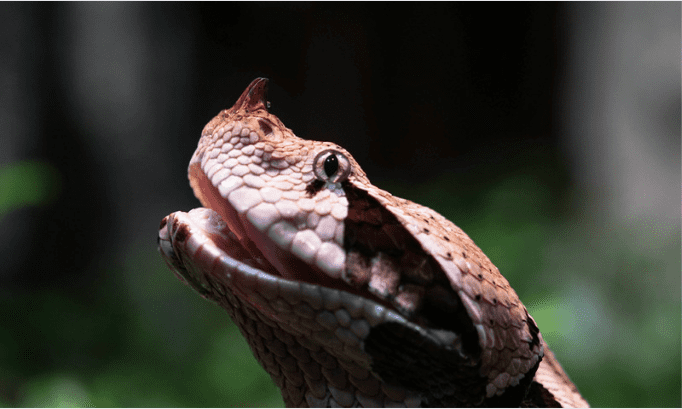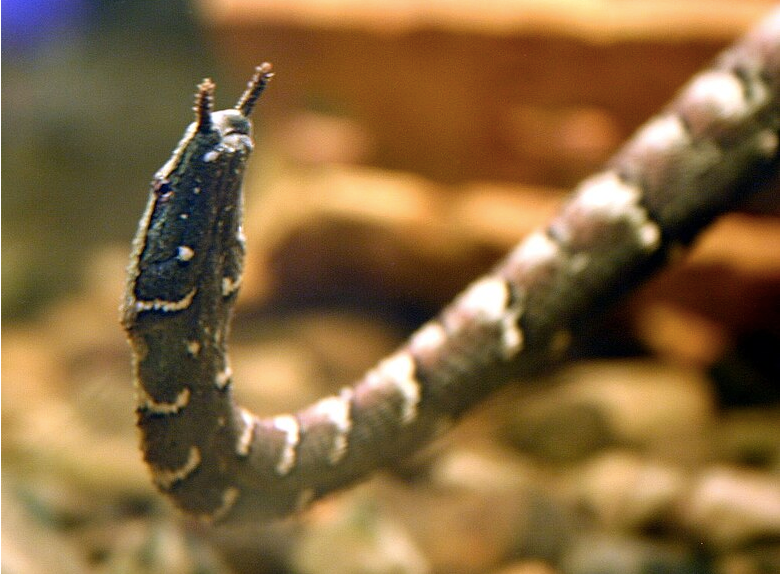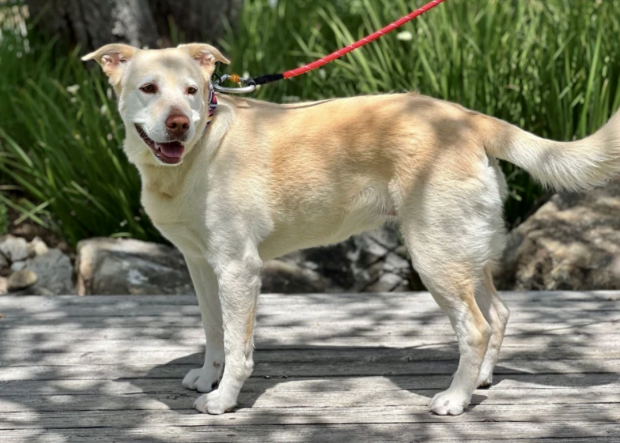Skye Terriers – Your Ultimate Guide To This Unique Breed
The Skye Terrier is a small Scottish dog breed that has a long, low-slung body with a distinctive coat of fur that hangs down to the ground.
The breed was originally developed to hunt small game in the Scottish highlands and has since become a popular companion dog. Skye Terriers are known for their loyalty and affectionate nature, as well as their intelligence and independent streak.
In this article, we will delve into the history, physical characteristics, temperament, and care requirements of Skye Terriers. We will also provide helpful tips for prospective owners on how to train and care for this unique breed.
Whether you are a seasoned dog owner or considering adding a Skye Terrier to your family, this article will provide you with the information you need to know about this beloved breed.
Skye Terrier History
The Skye Terrier is an ancient Scottish breed that has been around for over four centuries. This breed was originally bred for hunting and ratting purposes on the Isle of Skye in Scotland, hence the name “Skye Terrier”.
They were popular with the Scottish nobility and were often given as gifts to royalty.
It is believed that the Skye Terrier is descended from various terrier breeds such as the Cairn Terrier, Dandie Dinmont Terrier, and Scottish Terrier. These dogs were bred for their ability to hunt and kill vermin such as rats, mice, and other small animals.
The Skye Terrier gained popularity during the 19th century when Queen Victoria took an interest in the breed. She owned several Skye Terriers, which helped to increase their popularity and demand.
The breed was recognized by the Kennel Club in 1874, and its popularity continued to grow. During World War I and World War II, the breed suffered a decline in numbers due to the economic and social upheaval of those times.
However, dedicated breed enthusiasts managed to preserve the breed and prevent it from becoming extinct. Today, the Skye Terrier is a rare breed, with only a few hundred puppies being registered each year.
They are still used for hunting and ratting purposes in some parts of Scotland but are mainly kept as companion dogs. Despite their rarity, Skye Terriers are highly prized by their owners for their loyalty, intelligence, and unique appearance.
Appearance
The Skye Terrier is a small, sturdy dog with a distinctive appearance. They have long, low-set bodies with short legs and long, flat heads. Their ears are pendulous and feathered, and their tail is long and held straight or slightly curved.
Skye Terriers have a double coat that consists of a soft, dense undercoat and a longer, coarser topcoat. Their coat can come in a variety of colors, including black, gray, cream, and fawn, and may have black points or brindle markings.
The breed is known for its distinctive “fall,” or hair that hangs over its eyes and down its face. The Skye Terrier’s appearance is unique and has made it a popular breed for many dog lovers. They are elegant and regal-looking dogs with confident and proud demeanors.
The breed standard states that Skye Terriers should have a “powerful and agile appearance with substance and hard muscle combined with a stylish and elegant outline.” Overall, the Skye Terrier is a beautiful and distinct breed that stands out from the crowd.
Size
The Skye Terrier is a small to medium-sized dog breed with a sturdy and compact build.
According to the American Kennel Club (AKC) breed standard, male Skye Terriers typically stand between 9 and 10 inches (23 to 25 cm) at the shoulder and weigh between 35 and 45 pounds (16 to 20 kg), while females are slightly smaller and lighter, standing between 8.5 and 9.5 inches (22 to 24 cm) and weighing between 25 and 35 pounds (11 to 16 kg).
It is worth noting that there are two distinct types of Skye Terriers: the drop-eared and the prick-eared. The drop-eared Skye Terrier is more common and is characterized by its long, floppy ears that hang down beside its head.
The prick-eared Skye Terrier, on the other hand, has short, pointed ears that stand erect on top of its head. Both types of Skye Terrier have long, low-slung bodies with short, sturdy legs, a broad chest, and a level topline.
Their tail is also long and feathered, which adds to their distinctive appearance. Overall, Skye Terriers are a unique-looking breed with charming and playful expressions.
Personality
The Skye Terrier is a loyal and affectionate breed that is known for its intelligence, bravery, and strong sense of independence. They are often described as being loving and devoted to their owners, but can also be stubborn and strong-willed.
Skye Terriers have a reputation for being aloof towards strangers and other animals, but this can be mitigated with proper socialization and training from a young age.
They are also known for being protective of their territory and their families, which can make them excellent guard dogs.
Despite their small size, Skye Terriers have a big personality and a fearless attitude. They are known to be good at problem-solving and can be very tenacious when they set their minds to something.
However, they can also be sensitive to criticism and require gentle training methods to bring out their best qualities.
Overall, the Skye Terrier makes an excellent companion for those who are willing to put in the effort to properly socialize and train them. They are a unique and charming breed that can bring a lot of joy to their owners’ lives.
Temperament
The Skye Terrier is known for its loyal and affectionate temperament. They are known to form strong bonds with their owners and are very protective of them. While they can be wary of strangers, they are not known to be aggressive toward them.
Skye Terriers can be independent thinkers and can have a stubborn streak, which can make training them a challenge. However, with patience, consistency, and positive reinforcement training techniques, they can be trained well.
They are generally good with children, but as with all dogs, supervision is recommended when young children are around.
Skye Terriers are also known to get along well with other dogs and pets, but socialization at an early age is important to prevent any aggression towards other animals.
Overall, Skye Terriers make great companions for those who can provide them with plenty of love, attention, and exercise.
Coats Color And Grooming
Skye Terriers are known for their luxurious double coat, which consists of a soft undercoat and a longer, wiry topcoat.
The coat is usually black, blue, gray, fawn, or cream, and may have black points or a black mask. Skye Terriers shed minimally, making them a good choice for people with allergies.
Grooming a Skye Terrier can be a bit of a challenge, as their long hair requires regular brushing and trimming to prevent matting and tangling.
It is recommended to brush their coat daily to prevent any matting, and they should be professionally groomed every 6-8 weeks.
In addition to regular brushing and trimming, Skye Terriers require regular bathing to keep their coat clean and healthy. It is recommended to use a mild dog shampoo and to rinse thoroughly to prevent any residue from building up on their coat.
When it comes to color, Skye Terriers can have a range of coat colors, as mentioned earlier. Some Skye Terriers have a brindle pattern, which is a dark stripe pattern on a lighter background color.
The brindle pattern can be black, blue, or gray. Overall, Skye Terriers are known for their beautiful, soft coat, which requires diligent grooming to keep them healthy and shiny.
Training And Socialization
Training and socialization are essential for Skye Terriers. These dogs are known to be independent thinkers and can be stubborn, so it’s important to start training and socialization at a young age.
Skye Terriers are intelligent and eager to please, but they can get bored with repetitive training sessions. Therefore, it’s important to keep training sessions short, fun, and interesting.
Positive reinforcement training methods, such as clicker training and treats, work best for Skye Terriers. These methods help to build a strong bond between the dog and owner and promote good behavior.
Harsh training methods, such as physical punishment or yelling, should never be used with Skye Terriers, as they can be sensitive dogs and will become fearful or aggressive if they feel threatened.
Socialization is also an important aspect of Skye Terrier training. These dogs can be wary of strangers and may become aggressive if they feel threatened. Therefore, it’s important to expose them to a variety of people, animals, and environments from a young age.
Taking them to obedience classes, dog parks, and other social events can help them to become well-adjusted and well-behaved adults.
In addition to training and socialization, Skye Terriers require regular exercise to keep them healthy and happy. Daily walks, playtime in the backyard, and interactive toys can all help to provide the exercise and mental stimulation that these dogs need.
It’s important to keep Skye Terriers on a leash or in a securely fenced area, as they have a strong prey drive and may chase after small animals or birds.
Overall, training and socialization are important aspects of owning a Skye Terrier. With patience, consistency, and positive reinforcement, these dogs can become well-behaved and obedient companions.
Exercise Need And Activity Levels
The Skye Terrier is a moderately active breed that requires daily exercise to stay healthy and happy. They are adaptable to different living situations, whether it’s a small apartment or a large house with a yard.
However, they should not be left alone for extended periods as they crave human companionship.
A daily walk of around 30 minutes to an hour, along with some playtime, is usually enough to meet their exercise needs. They also enjoy activities like obedience training, agility, and other forms of canine sports.
However, it’s important not to over-exercise them, especially when they are puppies, as their bones are still developing and can be easily injured.
It’s worth noting that Skye Terriers are not as high energy as some other terrier breeds, such as the Jack Russell Terrier or the Border Terrier.
They are more laid-back and enjoy spending time with their owners. However, they still need regular exercise to prevent boredom and destructive behavior.
In terms of activity levels, Skye Terriers are well-suited to living with seniors or less active individuals. They are content to relax and spend time indoors but also enjoy a good romp in the backyard or a leisurely walk around the neighborhood.
Overall, they are a versatile breed that can adapt to a variety of lifestyles, as long as they get the exercise and attention they need.
Health Issues
Skye Terriers are generally a healthy breed, but like all dogs, they can be prone to certain health issues. Some of the health problems that Skye Terriers may face include:
- Hypothyroidism: This condition occurs when the thyroid gland doesn’t produce enough hormones. Symptoms include weight gain, lethargy, and hair loss.
- Allergies: Skye Terriers can develop allergies to food, pollen, or other environmental factors. Symptoms include itching, skin irritation, and ear infections.
- Hip dysplasia: This is a condition where the hip joint doesn’t develop properly, which can lead to pain, lameness, and arthritis.
- Patellar luxation: This is a condition where the kneecap dislocates, causing lameness and pain.
- Cataracts: Skye Terriers are prone to developing cataracts, which can lead to vision loss.
- Cancer: Like all breeds, Skye Terriers are susceptible to cancer. Common types of cancer that affect Skye Terriers include lymphoma and mast cell tumors.
To minimize the risk of these health issues, it’s important to get your Skye Terrier from a reputable breeder who screens their dogs for genetic health problems.
Regular visits to the veterinarian and a healthy diet and exercise routine can also help keep your Skye Terrier healthy.
Care And Living Needs
The Skye Terrier is a relatively low-maintenance breed, but they do have specific care and living needs that owners should be aware of. Here are some tips for ensuring your Skye Terrier is healthy and happy:
- Grooming: As mentioned earlier, Skye Terriers have long, flowing coats that require regular grooming. Brush their coat daily to prevent matting, and bathe them once every three months or as needed. Be sure to dry their coat thoroughly to prevent skin irritation.
- Dental Care: Like all dogs, Skye Terriers need regular dental care to prevent dental problems such as gum disease and tooth decay. Brush their teeth daily and schedule regular professional cleanings as recommended by your veterinarian.
- Nutrition: Feed your Skye Terrier a high-quality dog food that is appropriate for their age, size, and activity level. Be mindful of their calorie intake to prevent obesity, which can lead to health problems.
- Exercise: Skye Terriers have moderate exercise needs and enjoy daily walks and playtime. However, they are not a high-energy breed and do not require intense exercise routines. Be sure to provide them with a safe and secure outdoor space to play and explore.
- Training and Socialization: Skye Terriers are intelligent and independent, but can be stubborn and difficult to train. Early socialization and positive reinforcement training are essential to ensure they develop good manners and behavior.
- Health Care: Skye Terriers are generally healthy, but like all dogs, they are prone to certain health issues such as hip dysplasia, hypothyroidism, and skin allergies. Schedule regular wellness check-ups with your veterinarian and be vigilant for any signs of illness or injury.
- Living Environment: Skye Terriers can adapt to both city and country living, but they prefer a quiet and peaceful home environment. They are not well-suited to living in busy households or apartments with limited space. Be sure to provide them with a comfortable and cozy bed to rest in.
By following these care and living needs, you can ensure your Skye Terrier is healthy, happy, and well-cared for.
Diet And Nutrition
Proper diet and nutrition are essential for the Skye Terrier’s overall health and well-being. As a small breed, they have different dietary requirements than larger dogs. Therefore, it is crucial to choose a high-quality, nutritionally balanced dog food that meets their needs.
It is recommended to feed Skye Terriers a diet consisting of high-quality protein sources such as chicken, turkey, fish, or lamb, with some vegetables and grains. Avoid feeding them table scraps or human food, as this can cause digestive issues and lead to obesity.
It’s also important to monitor their calorie intake to prevent overfeeding, which can cause health issues such as obesity and joint problems. A well-balanced diet will help ensure a healthy weight and prevent health problems.
As with any dog, fresh, clean water should be available at all times. Additionally, treats should be given in moderation and should not exceed 10% of their daily calorie intake.
Consult with your veterinarian to determine the best diet for your Skye Terrier, taking into consideration their age, activity level, and any health conditions they may have.
Regular veterinary check-ups are also essential to ensure their diet and nutrition needs are being met.
Children And Other Pets
Skye Terriers are generally good with children and other pets, but early socialization is crucial to ensure that they develop positive relationships with them.
They have a playful and affectionate nature and enjoy spending time with their human family, including children. However, as with any dog, it is important to supervise interactions between Skye Terriers and children to prevent accidental injuries.
When it comes to other pets, Skye Terriers can coexist peacefully with other dogs and cats if they are socialized from a young age. They have a strong prey drive, however, and may chase after small animals such as rodents and rabbits.
It is important to introduce a Skye Terrier to new pets gradually and under close supervision. With proper socialization and training, Skye Terriers can make wonderful companions for children and other pets.
Adoption And Cost
Adopting a Skye Terrier can be a great addition to any family, but it’s important to understand the cost and responsibility that comes with it.
Skye Terriers are not the most common breed, so finding a reputable breeder or rescue organization can be a bit more challenging.
The cost of adopting a Skye Terrier varies depending on the breeder, location, and availability of the breed. On average, expect to pay anywhere from $1,500 to $3,000 for a Skye Terrier puppy. Adoption fees for rescues can range from $200 to $600.
It’s important to note that the initial cost of adopting a Skye Terrier is only the beginning of the expenses. Ongoing costs for food, grooming, vet visits, and toys can add up quickly.
Before adopting a Skye Terrier, it’s important to do your research and make sure this breed is the right fit for you and your family. Consider factors such as energy level, size, and temperament.
Skye Terriers are great companions for those who enjoy spending time with their pets and are willing to commit to regular exercise and grooming.
When adopting a Skye Terrier, it’s also important to introduce them to any other pets or children in the household. Skye Terriers can get along well with other pets and children, but proper socialization is key.
Overall, adopting a Skye Terrier can be a rewarding experience for the right family. However, it’s important to carefully consider the responsibility and cost involved before making the decision to bring one into your home.
Common Myths
There are a few common myths surrounding Skye Terriers that are important to dispel.
One myth is that Skye Terriers are difficult to train. This is not necessarily true. Like any dog, Skye Terriers can be trained with patience, consistency, and positive reinforcement.
However, they do have a stubborn streak, so it is important to remain patient and persistent in training.
Another myth is that Skye Terriers are aggressive with children. While it is true that some Skye Terriers may not get along with children, this is not a breed characteristic. With proper socialization and training, Skye Terriers can be great companions for children.
Finally, some people believe that Skye Terriers are not good with other pets, particularly cats. Again, this is not necessarily true.
Skye Terriers can coexist peacefully with other pets, but it is important to properly socialize them from a young age and supervise interactions between pets.
Overall, it is important to do research and consult with a reputable breeder or rescue organization before adopting any breed of dog to ensure that you are a good fit for each other.
Life Expectancy
The Skye Terrier has a life expectancy of 12-14 years. However, like any other breed, this can vary depending on the individual dog’s health and lifestyle. Proper nutrition, exercise, and regular veterinary checkups can help prolong a Skye Terrier’s lifespan.
Additionally, early detection and treatment of any health issues can also contribute to a longer life. It’s important to note that while genetics can play a role in a dog’s lifespan, environmental factors such as diet and exercise can also have a significant impact.
Overall, with proper care and attention, a Skye Terrier can be a beloved companion for many years.
Conclusion
In conclusion, Skye Terriers are an incredibly unique and wonderful breed. With their distinct physical characteristics, loving personalities, and loyal nature, it’s no wonder they have been popular for centuries.
Their history is rich and varied, and their role as loyal companions is unrivaled. While their exercise needs may be moderate, their grooming needs are considerable, and potential owners should carefully consider their ability to provide adequate care before adopting.
As with any breed, it is important to properly socialize and train a Skye Terrier to ensure they are well-behaved and well-adjusted. They can thrive in homes with children and other pets if properly introduced and socialized.
While Skye Terriers may be more expensive than some other breeds to adopt, their lifespan and companionship make them a worthwhile investment for those who are willing to provide the necessary care and attention.
Overall, Skye Terriers are a fascinating and wonderful breed that can bring joy and companionship to their owners for many years.
Questions People Also Ask: (FAQs)
What is a Skye Terrier?
A Skye Terrier is a small to medium-sized dog breed that originated from Scotland. They were originally bred for hunting vermin but are now more commonly kept as companion dogs.
How big do Skye Terriers get?
Skye Terriers typically weigh between 35-45 pounds and stand around 9-10 inches tall at the shoulder.
Are Skye Terriers good with children?
Yes, Skye Terriers can be good with children if they are properly socialized and trained. However, they may not tolerate rough play and should always be supervised when around young children.
Do Skye Terriers shed?
Yes, Skye Terriers do shed, but their long, straight hair doesn’t shed as much as some other breeds. They require regular grooming to keep their coat looking healthy and shiny.
Are Skye Terriers easy to train?
Skye Terriers can be challenging to train as they can be stubborn and independent-minded. Early socialization and consistent training are important to help them become well-behaved and obedient.
How much exercise do Skye Terriers need?
Skye Terriers require moderate daily exercise, including walks and playtime in a fenced yard. They can adapt to apartment living as long as they get enough exercise and mental stimulation.
Are Skye Terriers prone to health problems?
Skye Terriers are generally healthy, but like all breeds, they can be prone to certain health issues such as hip dysplasia, allergies, and skin conditions.
How long do Skye Terriers typically live?
Skye Terriers have a lifespan of around 12-14 years, with some living even longer when given proper care and nutrition.
Are Skye Terriers good with other pets?
Skye Terriers can be good with other pets if they are socialized early and introduced properly. They may have a high prey drive, so caution should be taken when introducing them to small animals like cats and rabbits.
How much does a Skye Terrier cost?
The cost of a Skye Terrier can vary depending on factors such as breeder reputation, location, and pedigree. On average, a Skye Terrier puppy can cost anywhere from $1,500 to $3,000.
We appreciate you for taking the time to read this article!
Finally, we hope you found this article interesting? And what do you think about ”Skye Terriers – Your Ultimate Guide To This Unique Breed!?”
Please feel free to share or inform your friends about this article and this site, thanks!
And let us know if you observe something that isn’t quite right.


